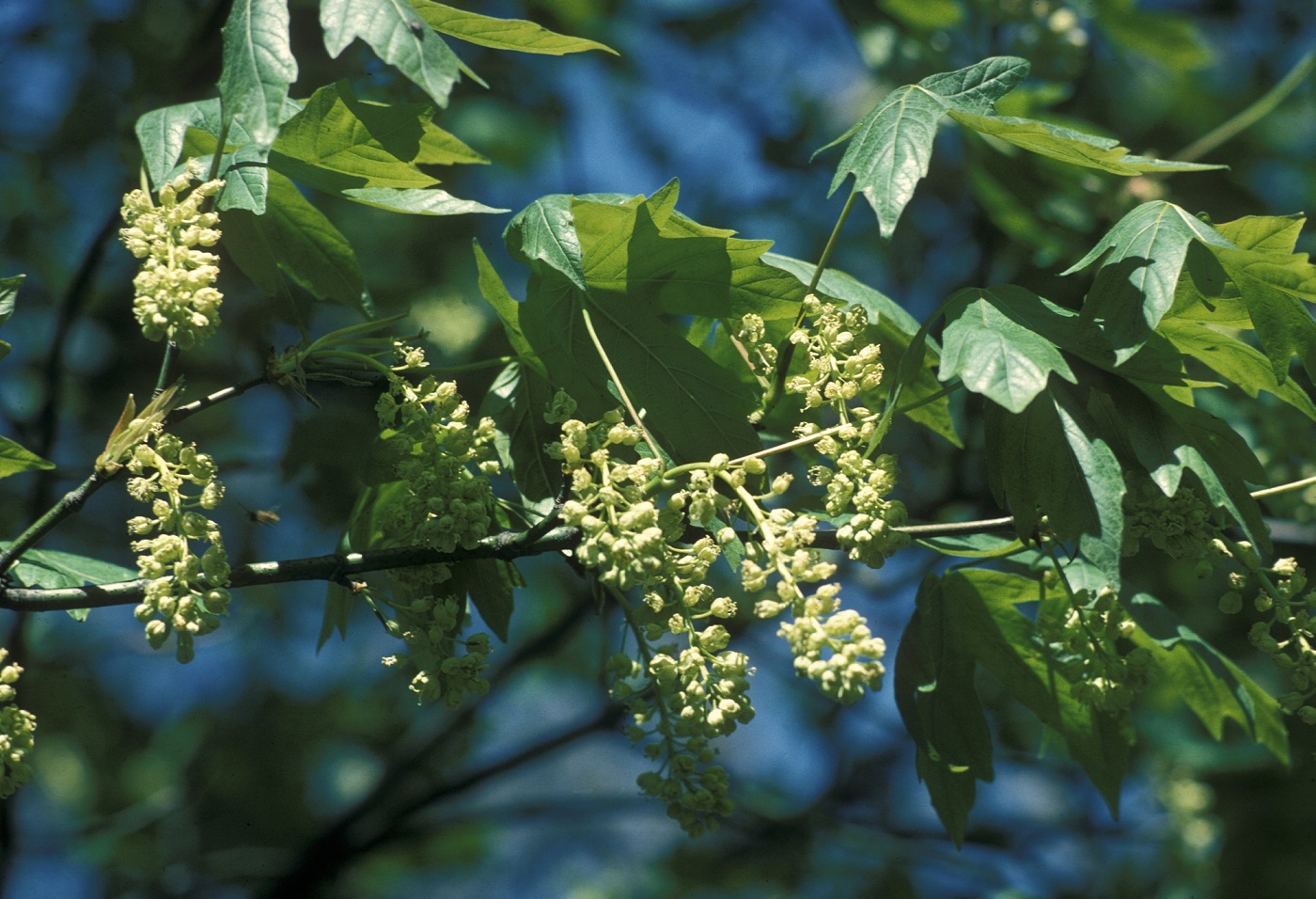Big-leaf maple, Oregon maple (BLM)
Big-leaf or Oregon maple, as the name suggests, has the largest leaves of any maple, typically 15–30 centimetres across: sometimes larger. It is the largest tree in the genus Acer and has been known to grow to 48 m in its native range, but this is exceptional: usual height range is 15 to 20 m.
Big-leaf maple is the only commercially important maple of the Pacific coast region. Its uses include veneer production, musical instruments, interior panelling, and other hardwood products.
There has been some interest in growing this species in Britain, but there is little silvicultural knowledge on how to grow it successfully. It may have a limited role in forest diversification in the wetter areas of western Britain.
Big-leaf maple is categorised as a plot-stage species. These are species that have demonstrated some positive silvicultural characteristics at the specimen-stage and are now subject to further testing and development in a limited number of trial plots.
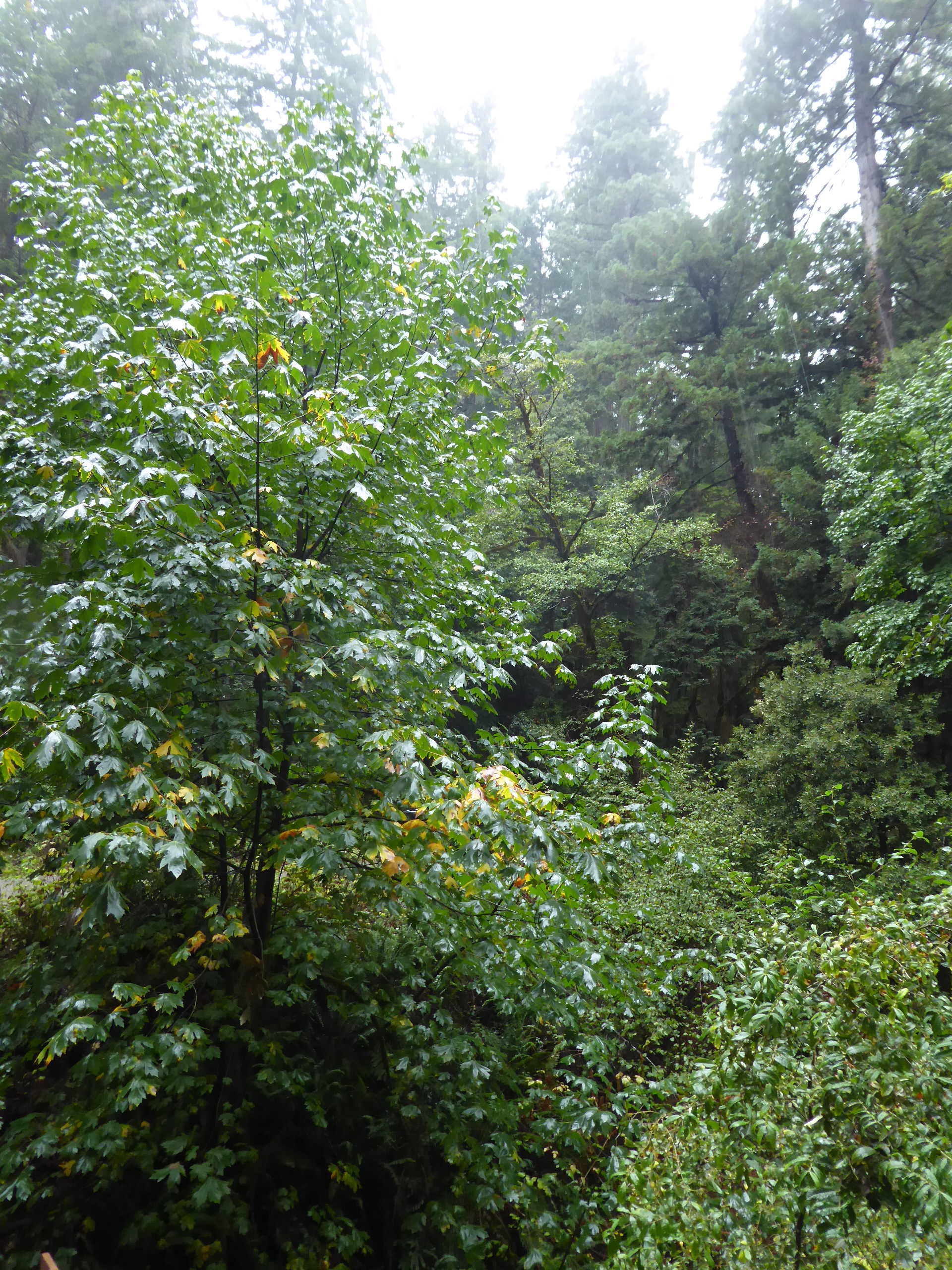
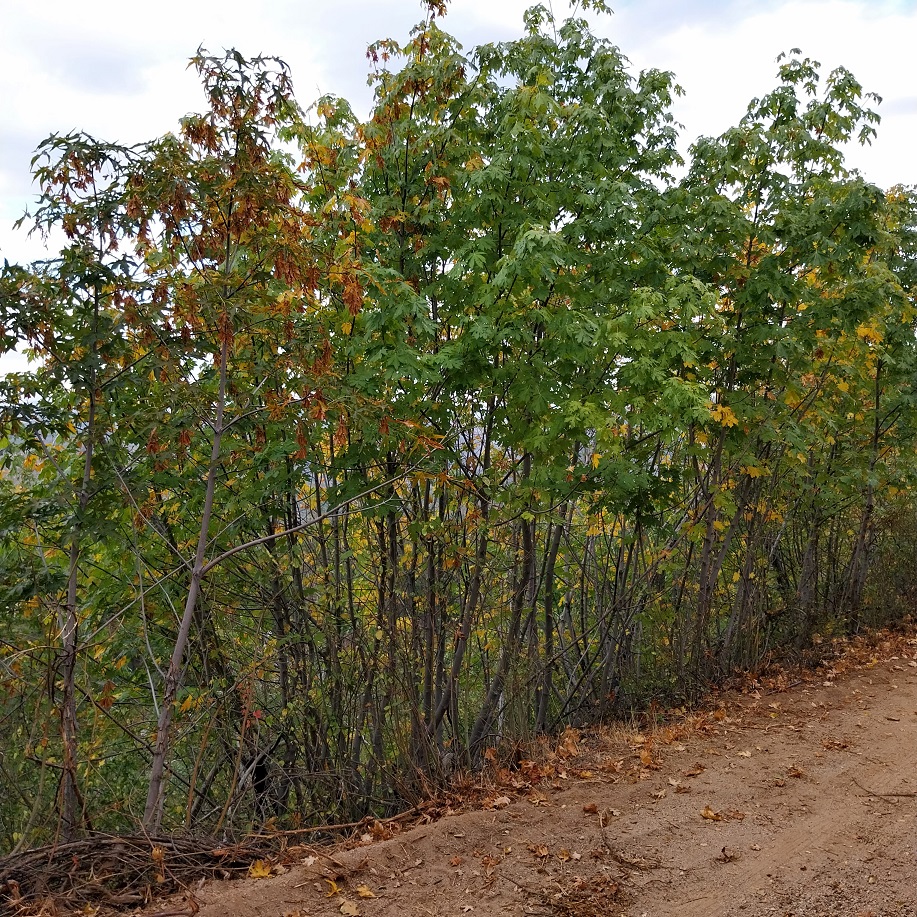
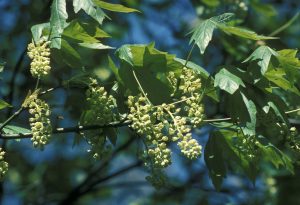
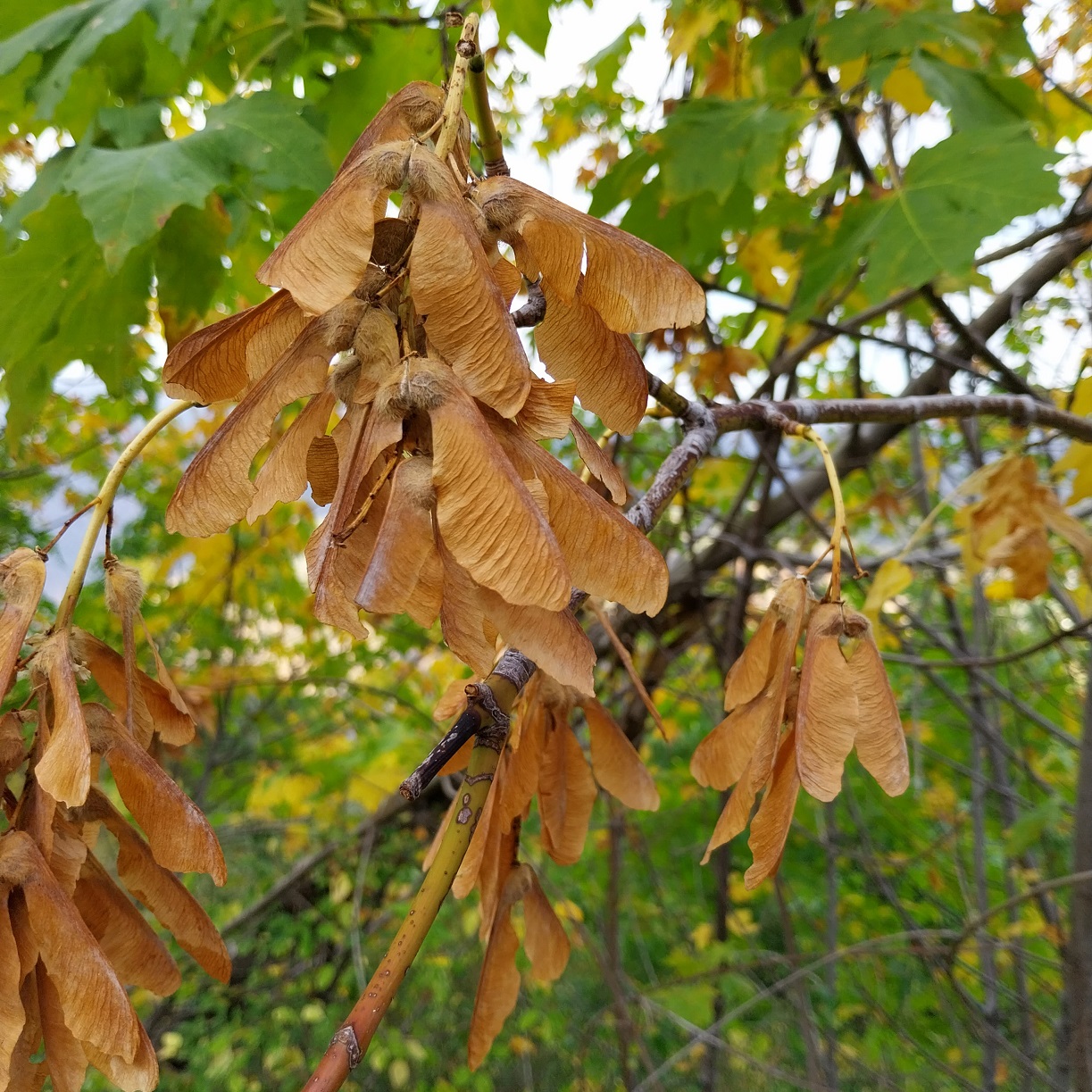
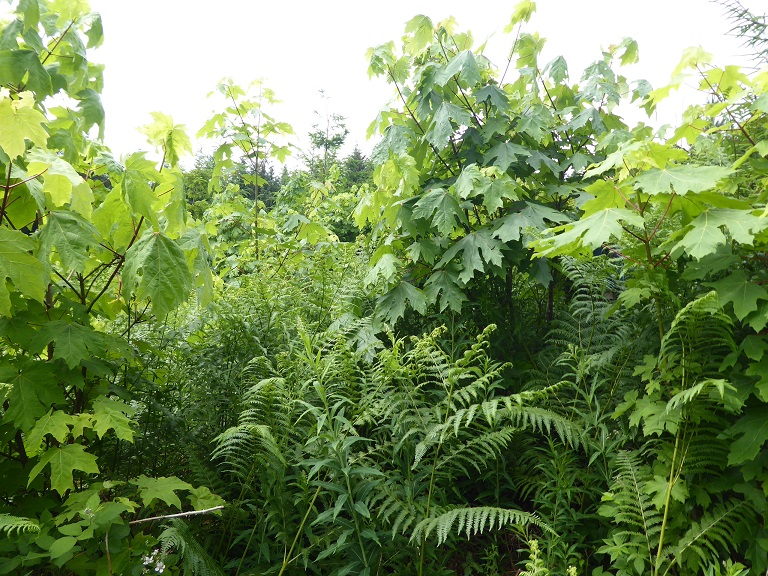
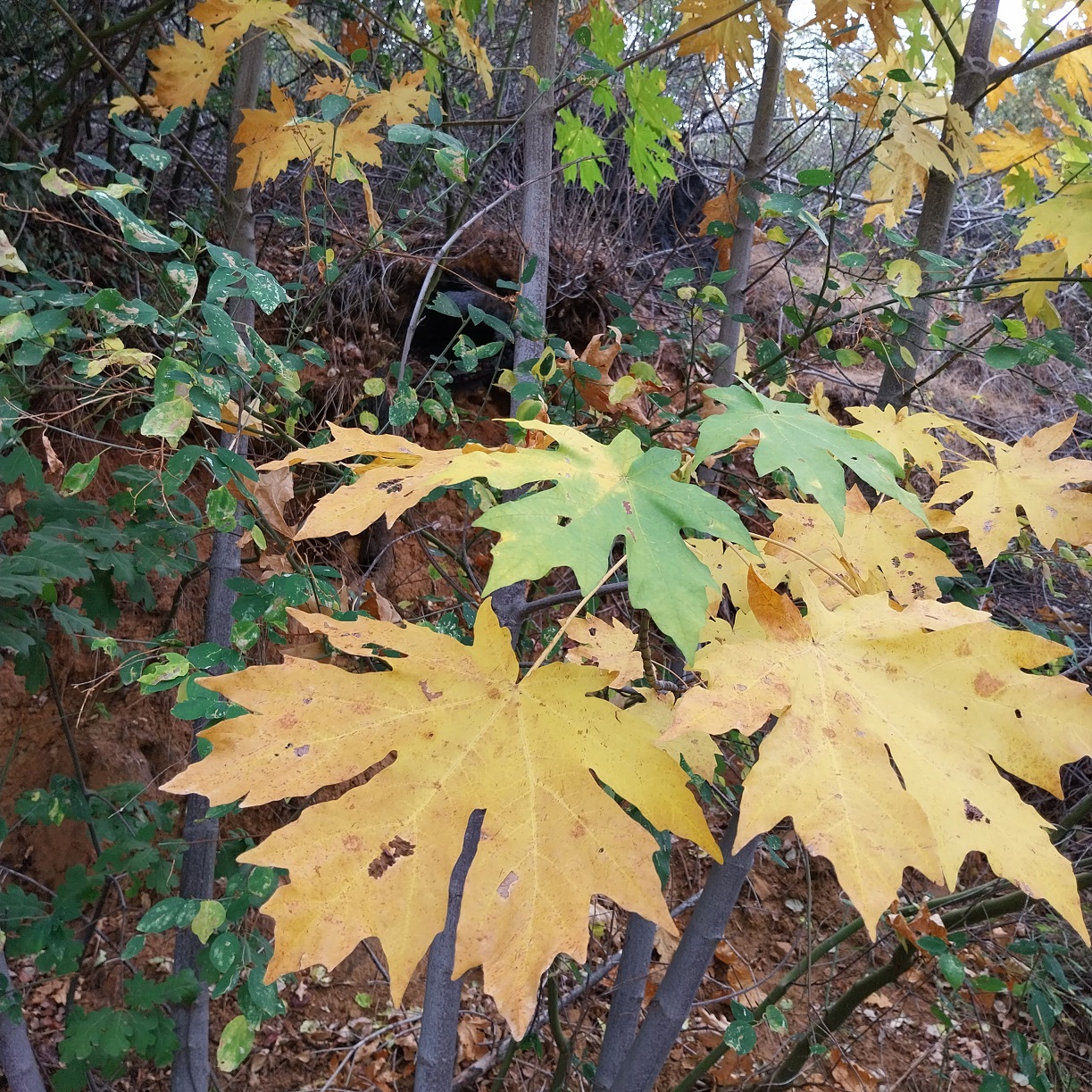
Range
Native to the coastal regions of northwest America from Vancouver Island south to central California. It occurs naturally in conifer dominated forest types with species such as Douglas fir, grand fir, and Sitka spruce, as well as with broadleaves like red alder.
Provenance Choice
Very few plots have been established in Britain and there have been no provenance trials; seed sources from Washington or British Columbia should be preferred.
Site Requirements
Big-leaf maple should be cold hardy throughout Britain, but appears to be best suited to a cool humid climate with > 1000 mm rainfall. Not very tolerant of exposure so best located on sheltered slopes or alluvial soils in valley bottoms. Prefers soil of poor through medium to rich soil fertility and of fresh to moist soil moisture. It is not suited to very dry or very poor soils, to alkaline conditions or to peat soils.
Further detail on the site requirements of big-leaf maple in current and future climates can be examined using the Forest Research Ecological Site Classification Decision Support System (ESC).
ECOLOGICAL SITE CLASSIFICATION TOOL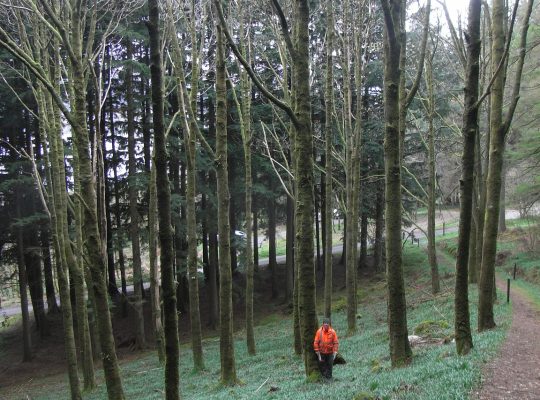
Silviculture
A species of intermediate shade tolerance which grows rapidly when young and can compete with conifers until canopy closure. It can be grown in both bareroot and containerised nursery systems, but the rapid early growth can result in seedlings becoming ‘pot-bound’ in smaller containers. Planting density should be like that used for sycamore at perhaps 2000 stems ha-1 with early crown thinning used to favour the best quality stems.
Provided stands are regularly thinned, then a rotation of a 55-70 years could be envisaged if sawtimber production is intended. The best plot in Britain has a productivity of around 14 m3 ha-1 yr-1. The species can coppice vigorously after felling, and these stools will need to be singled to favour the best stems.
In its native range, seed production can begin at 10 years of age, and natural regeneration occurs in canopy gaps resulting in patches of the species in conifer dominated forests. Its ability to re-sprout from adventitious buds is part of its natural fire adaptation strategy where it will rapidly grow back after fire.
There is little experience with the species in Britain, but it could be grown in group mixtures with some of the major conifer species on acid brown earths in western regions, where it could help to diversify conifer planted forests. In North America, big-leaf maple trees are noted for the rich lichen and moss flora that they support.
Pests and Pathogens
Susceptible to Verticillium wilt, overmature bigleaf maples are often decayed by honey fungus root rot (Armillaria spp.) and butt rots (Ganoderma applanatum). In the USA it can also be affected by Ramorum disease (Phytophthora ramorum). Recent reports from North America suggest dieback of mature trees in urban forests because of higher summer temperatures.
Deer browsing can cause damage to leading shoots and delay establishment while grey squirrels could cause damage by bark stripping if the species is planted more widely.
See our other tools and resources
Further Resources
External
In addition to the general sources of information for species the following are useful for big-leaf maple.
Wilson, S.McG., Mason, W.L., Savill, P., and Jinks, R. (2017) Noble hardwood alternatives to ash. Quarterly Journal of Forestry, 111, 166-182.
Plants database, Acer macrophyllum. United States Department of Agriculture, Natural Resources Conservation Service. USDA Plants Database. Accessed 15/12/2023.

